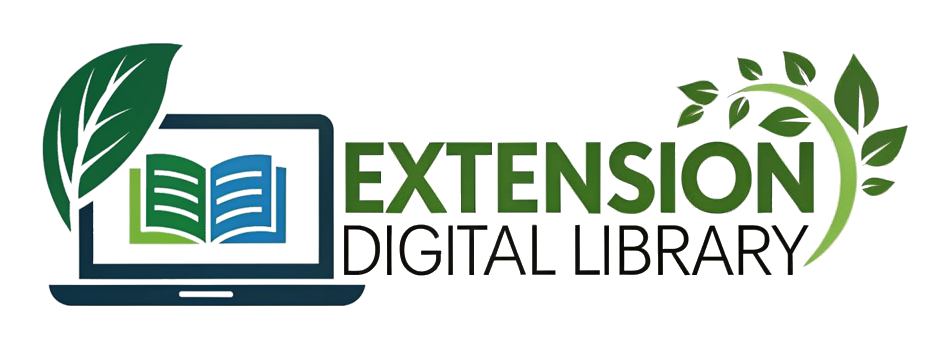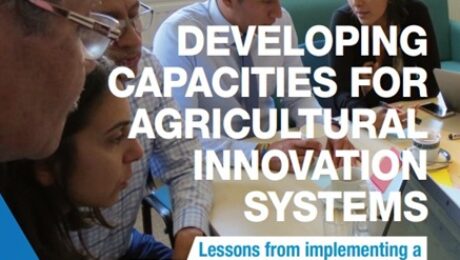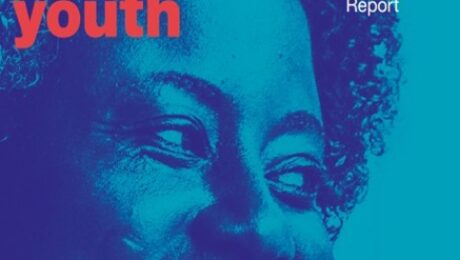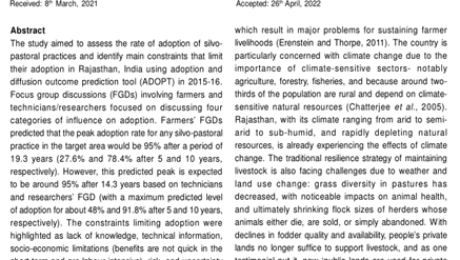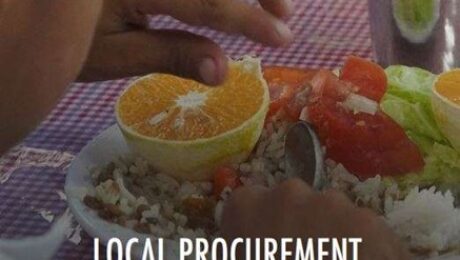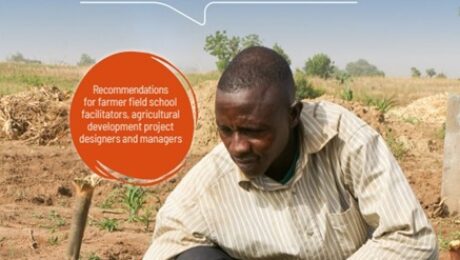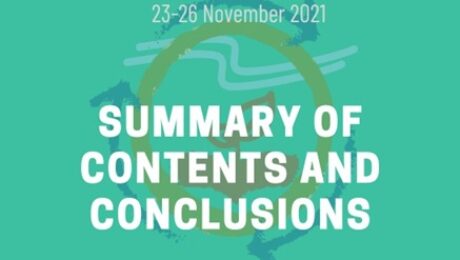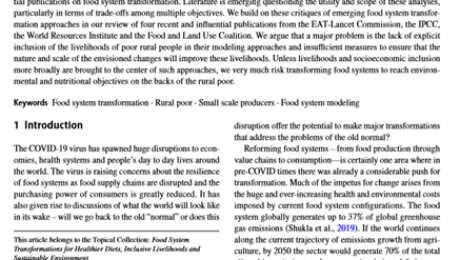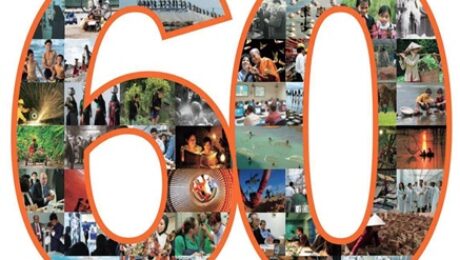Developing Capacities For Agricultural Innovation Systems
The CDAIS project was designed to strengthen TAP through the development of a common framework for Capacity Development for Agricultural Innovation Systems (CD for AIS) which sets concepts and guidance for the promotion of agricultural innovation system (AIS) thinking and collaborative learning, and for the strengthening of capacities for AIS in tropical countries. The project tested this common framework (or so-called ‘TAP CF’) in eight pilot countries,1 offering a variety of situations across three continents. A transversal analysis of the project outcomes therefore intended to ‘validate’ the common framework, meaning to verify hypotheses underpinning the TAP CF and to verify how changes happened in the eight countries in relation with the mode of operationalization of the TAP CF by the CDAIS project. In other words, the transversal analysis sought to understand how the project produced outcomes, what these outcomes were in each country, so as to propose recommendations for upgrading the TAP Common Framework across its theoretical and practical dimensions.
- Published in CAPACITY DEVELOPMENT
Creating Opportunities for Rural Youth: 2019 Rural Development Report- IFAD
Enabling young rural women and men to become productive, connected and in charge of their own future requires thinking differently about the diverse settings in which they seek to thrive, the multiple constraints they face and the dynamics of change in the world that create challenges and opportunities for them.
- Published in CAPACITY DEVELOPMENT
Suitable MGNREGS Practices and Convergence Opportunities for Regional Development Priorities
Different agriculture and NRM activities are relevant for different parts of the country owing to different development requirements amidst regional agro-climatic and hydrogeological conditions. In Agricultural Water Management (AWM) Typologies, authors presented a classification of 657 districts into 12 typologies, developed by analysing the district level datasets of groundwater, irrigation access, cropping intensity and crop yields. This classification or these typologies offer a new perspective for planning development activities related to agriculture and NRM. Given the status of the critical parameter and regional agriculture development requirements, a set of development priorities are assigned for each typology.
The selection of suitable (and permissible) activities under MGNREGS for a particular typology is guided by its development priority. Given the focus on convergence with MGNREGS, appropriate opportunities at national and state levels (specific policies) for specific development priorities are also identified. These opportunities can be explored for aligning the MGNREGS activities to achieve enhanced impact on ground. It is to be noted that the activities and convergence opportunities are neither exhaustive nor prescriptive but are only indicative. They are organised along with the necessary data to support in planning water security and climate adaptation activities in rural India.
- Published in CONCEPTS AND PRACTICES
Predicted Farmer Uptake Of New Agricultural Practices: Case Of Silvo-Pastoral Technologies In Rajasthan, India
The study aimed to assess the rate of adoption of silvo pastoral practices and identify main constraints that limit their adoption in Rajasthan, India using adoption and diffusion outcome prediction tool (ADOPT) in 2015-16. Focus group discussions (FGDs) involving farmers and technicians/researchers focused on discussing four categories of influence on adoption. Farmers’ FGDs predicted that the peak adoption rate for any silvo-pastoral practice in the target area would be 95% after a period of 19.3 years (27.6% and 78.4% after 5 and 10 years, respectively). However, this predicted peak is expected to be around 95% after 14.3 years based on technicians and researchers’ FGD (with a maximum predicted level of adoption for about 48% and 91.8% after 5 and 10 years, respectively). The constraints limiting adoption were highlighted as lack of knowledge, technical information, socio-economic limitations (benefits are not quick in the short-term and are labour intensive), risk, and uncertainty (initial establishment is not cost effective). The results of this research, and the ADOPT tool, should be of considerable assistance to policymakers in helping them to develop comprehensive investment programs. This will facilitate in addressing constraints limiting the adoption of these silvo-pastoral practices, contribute to improve their adoption, and significantly contribute towards sustainably utilizing natural resources.
- Published in CONCEPTS AND PRACTICES
Local procurement from family farming for the school feeding programme
This guideline outlines the step-by-step implementation of direct purchases from family farming for school feeding, considering the pilot implementation of the sustainable schools model in Belize within the framework of Mesoamerica Hunger Free AMEXCID-FAO programme. The document presents the benefits and challenges of the connection between school feeding and family farming; a brief context of food and nutrition policies and programs, public procurement mechanisms, agriculture and family farming status, and the school feeding initiatives in Belize; as well asgeneral recommendations for the adequate design, implementation, monitoring and evaluation of procurement from local family farming for the school feeding program component.
- Published in CONCEPTS AND PRACTICES
How can the farmer field school approach be used to support agroecological transitions in family farming in the Global South?
The key to implementing farmer field schools (FFS) is to trigger an experimentation process based on collaboration between a group of farmers and a facilitator. The purpose of this document is to provide project managers, technicians and designers with practical information on how to use the FFS approach and adapt it to their context of intervention to support the agroecological transition (AET). It also will be useful for research staff, leaders of farmers’ organizations (FOs), teachers and students interested in using the FFS approach or better understand its benefits.
The findings and recommendations proposed in this document are the result of a partnership between three institutions working to support AET in the Global South: CIRAD, FAO and the NGO AVSF (Agronomists and Veterinarians Without Borders).
- Published in CONCEPTS AND PRACTICES
Global Conference Family Farming at the Core of Sustainable Food Systems
In this sense, the World Rural Forum (WRF) aimed to invite people to reflect on the keys to the large-scale implementation of the United Nations Decade for Family Farming at a Global Conference entitled “Family Farming at the Core of Sustainable Food Systems”, which was held between 22 and 26 November 2021.
The Global Conference was conceived as a high-level platform to raise the relevance of family farming in relation to the achievement of sustainable, resilient, inclusive and viable food systems, within the framework of the UNDFF 2019-2028, and to stimulate concrete commitments in favour of the 2.5 billion people who depend on family farming activities worldwide.
- Published in CONCEPTS AND PRACTICES
Do not Transform Food Systems on the backs of the Rural Poor
Even prior to COVID, there was a considerable push for food system transformation to achieve better nutrition and health as well as environmental and climate change outcomes. Recent years have seen a large number of high visibility and influential publications on food system transformation. Literature is emerging questioning the utility and scope of these analyses, particularly in terms of trade-offs among multiple objectives. We build on these critiques of emerging food system transformation approaches in our review of four recent and influential publications from the EAT-Lancet Commission, the IPCC, the World Resources Institute and the Food and Land Use Coalition. We argue that a major problem is the lack of explicit inclusion of the livelihoods of poor rural people in their modeling approaches and insufficient measures to ensure that the nature and scale of the envisioned changes will improve these livelihoods. Unless livelihoods and socioeconomic inclusion more broadly are brought to the center of such approaches, we very much risk transforming food systems to reach environmental and nutritional objectives on the backs of the rural poor.
- Published in CONCEPTS AND PRACTICES
60th Anniversary of Asian Productivity Organisation (APO)
The Diamond Jubilee of the Asian Productivity Organization (APO) is more than an anniversary. It is an homage to the trailblazers who started the journey to enabling the region through productivity improvement six decades ago. It was an arduous mission when many Asian nations were in the nascent stage of socioeconomic development, commonly struggling with shortages of resources. Idealism, camaraderie, and shared aspirations among members prevailed. Along with improved productivity, economic development took off in the region, transforming Asia into the center of economic gravity and the powerhouse of the world.
- Published in CONCEPTS AND PRACTICES
Integrated Agricultural Research for Development from concept to practice
The Integrated Agricultural Research for Development (IAR4D) concept represents a paradigm change in the way agricultural research and development activities are carried out in Africa. The concepts build on other models conducting agricultural research and development. The concept has its main root in the innovation system approach; which is a multi-institutional, multi-stakeholder framework that has been successfully used in the industrial development era of the West. The biggest problem with the concept was how to practically use it agriculture considering the sector uniqueness and dissimilarity from the industrial sector. The Forum for Agricultural Research in Africa (FARA) developed the IAR4D concept as a way to implement the innovation systems approach for agricultural development, this concept was packaged as a project and presented to the Consultative Group in International Agricultural Research (CGIAR) for funding. The CGIAR council accept the project proposal for implementation as the Sub Saharan African Challenge Program (SSA CP) and requested that the first part of the project should aim conducting a proof of the IAR4D concept.
The SSA CP proof of concept was carried out using a rigorous research methodology and was implemented in eight countries of the sub Saharan Africa. The project work involved many agricultural research and non-research organizations, with the core implementation in three pilot learning sites. These include; (a) Western Africa (Kano-katsina- Maradi); (b). Southern Africa (Zimbabwe, Malawi and Mozambique) and (c). Eastern Africa (Uganda, Rwanda and Democratic Republic of Congo) around the Lake kivu regions. The debut knowledge on the practice of the IAR4D concept as documented in this book was largely drawn from the jointly developed framework which is consistently refined by FARA staff; and the implementation of the concept under the socio-economic and cultural conditions of the Lake Kivu pilot learning site.
- Published in CONCEPTS AND PRACTICES
